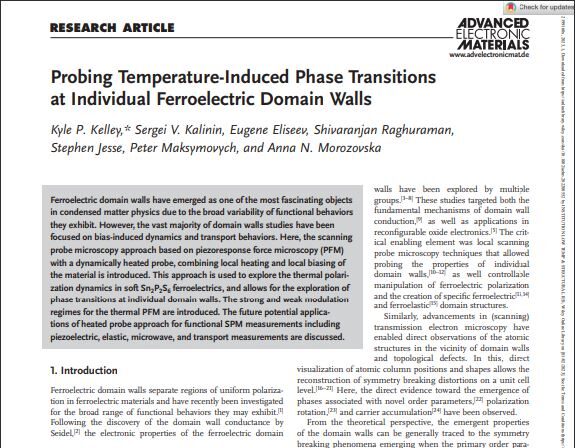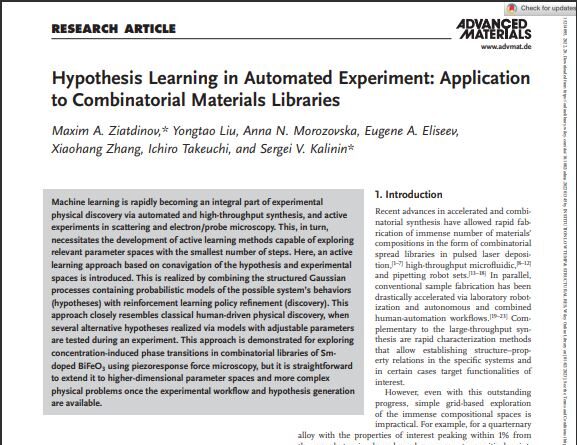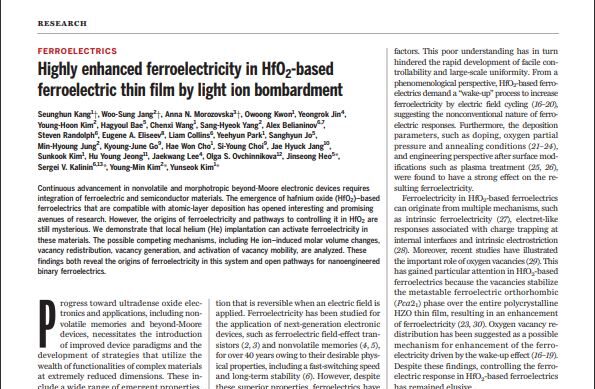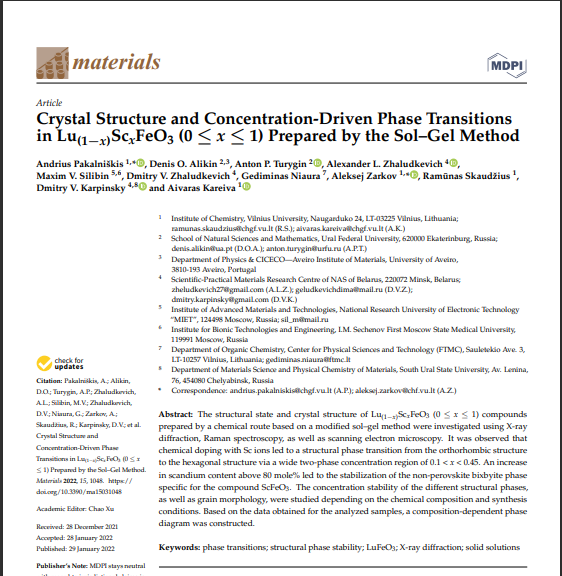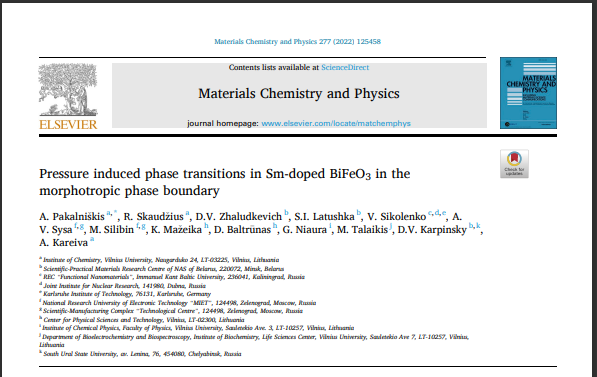Abstract: Recent observations of unusual ferroelectricity in thin films of HfO2 and related materials has attracted broad interest to the materials and led to the emergence of a number of competing models for observed behaviors. Here we develop the analytical description for a possible electrochemical mechanism of observed ferroelectric-like behaviors, namely the collective phenomena of elastic and electric dipoles originated from oxygen vacancies. The vacancies are formed initially in the vicinity of film surfaces, grain boundaries, and other types of inhomogeneities inside the film including those induced by the film treatment. Electric cycling makes the distribution of electric dipoles more homogeneous than it was initially, providing at the same time the significant decrease in depolarization field. The ferroelectric phase is induced by the “electrochemical” coupling, that is the joint action of the omnipresent electrostriction and “chemical” pressure, which lead to the sign change of the positive coefficient α at P2 in the order-disorder type thermodynamic functional. Negative coefficient α becomes the driving force of the transition to the long-range ordered ferroelectric phase with the spontaneous polarization P in the direction normal to the film surface. Using the above ideas, we estimated that the reversible ferroelectric polarization, as high as (5–20) μC/cm2, can be induced by oxygen vacancies in HfO2 films of thickness less than (20–30) nm. Semi-quantitative agreement with available experimental data is demonstrated.
Title: Possible Electrochemical Origin of Ferroelectricity in HfO2 Thin Films
Authors: Maya D. Glinchuk, Anna N. Morozovska, Anna Lukowiak, Wiesław Stręk, Maxim V. Silibin, Dmitry V. Karpinsky, Yunseok Kim, Sergei V. Kalinin
DOI: https://doi.org/10.1016/j.jallcom.2019.153628 Journal of Alloys and Compounds (2020) 830, 153628
Preprint deposited in the repository: https://arxiv.org/abs/1811.09787

